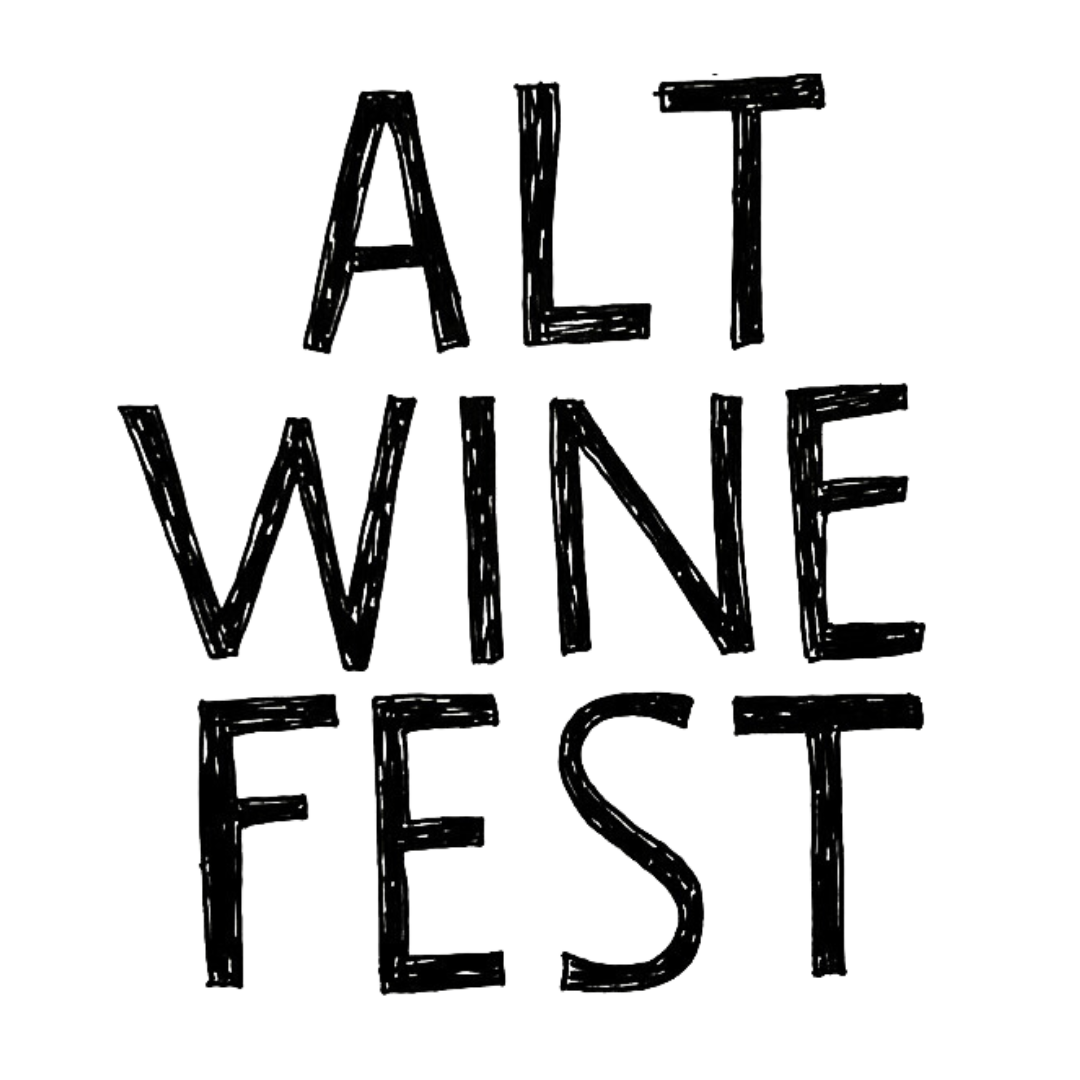What’s Oregon’s Chardonnay Style?
While Chardonnay has been hailed as the next great grape in Oregon there is no clear consensus on what an Oregon Chardonnay should taste like. Clean, acidic and flinty like a Chablis? Rounder and luxurious like a Beaune? Or something else entirely?
Should there even be an “Oregon style”?
Jason Lett of Eyrie vineyards, who has some Chardonnay rows that were planted in the 60s by his dad, says that “style is for hair” and thinks that an Oregon style is a terrible idea. “Diversity is a character of a mature region,” he says, pointing to the complexity and range of Burgundian Chardonnay.
But still, there are a myriad of variables that will affect a Chardonnay’s style.
Clone type is the variable the most of the industry has been hung up on since the 60s. (There is still much debate around the Chardonnay clones. Another nerdy article for another day, perhaps.)
Lett, however, is not so bothered by clones as by other factors that he considers more important, such as the climate, “which is why we’re here in the first place,” he says.
He thinks that whatever stylistic divergence Oregon has is based on what winemakers do with the lees (the dead yeast left after fermentation). There is also something about Chardonnay that reveals huge differences as it develops in barrel, sometimes the same wine revealing striking differences barrel to barrel.
This is something that Bryan Laing at Hazelfern has also found. “Each of my barrels of Chardonnay are totally different,” says Laing. “Each one is affected by fermentation in a different way.”
Over at Lingua Franca, Thomas Savre has been working with tannin in Chardonnay. Though usually associated with red wines, he found that it comes out during whole cluster presses and when using new oak. “I’m digging this idea of tannin in white wine,” he says. “It brings structure, finesse and protection.”
The numerous stylistic choices make Chardonnay a much more technical grape to work with.
Laing says that even blending is also more difficult: “You have to get all the dials right,” he says. He confirms that it’s a bit like using a sound mixing desk. You have to know what each knob and slider does and how to set them.
“Chardonnay needs more of the artistic brain,” says Laing. “Pinot Noir is more linear, you just have to check all the boxes.”
Savre agrees that there is a lot to consider when making Chardonnay and that it is generally harder to work with, though he loves the challenge. “It kicks my butt every year. We learn all the time,” he says.
He points to the harvest and to pressing as key factors in how the wine turns out. Savre chooses to pick a little earlier than a lot of people to get the natural freshness and acidity. And during pressing there are numerous decisions to make: whole cluster or not, any crush before pressing, what’s the cycle time, and so on. Though all this experimenting is part of the fun.
Oregon Chardonnay is diverse, but always “Oregon.”
In the same vein as Lett, Savre is thrilled by the diversity in soils here in Oregon. This contrasts Burgundy, where Savre if from, in that the soil in the Côte d’Or is more or less all one type.
In fact, one thing Savre likes about working in the New World is that there are less rules than in France, encouraging a try-it-and-see-if-it-works attitude. “Oregon Chardonnay is on the map,” he says. “There is more diversity and more of it… The future is still bright.”


